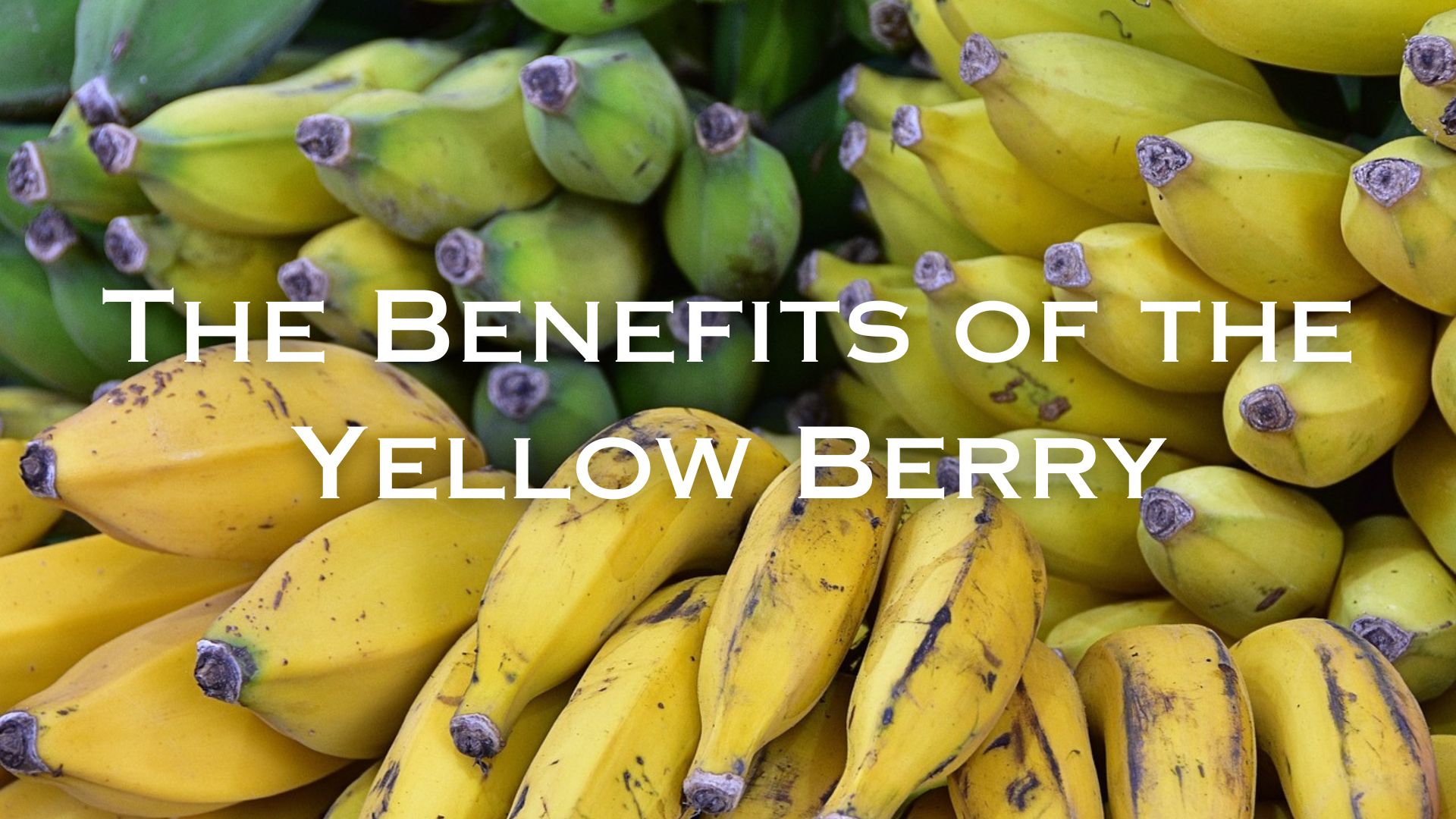Bananas are an edible fruit, botanically a berry that was native to Asia and the Middle East. They were taken by explorers to the New World and bananas were cultivated in South America and the Caribbean. They were first brought to the US in the 1800s when sailors returned home from the Caribbean with banana shoots.
The advent of the steamship cut travel time for highly perishable bananas from the Caribbean. The first company dedicated to importing bananas, the Boston Fruit Company, started in Boston in 1870. It had 40,000 acres of banana plantation and ports in Jamaica and its own steamship line. They could ship bananas from Jamaica to Boston in 24 hours.
Bananas were first introduced and sold wrapped in paper for 10 cents at the 1876 Philadelphia Centennial Exhibition. Bananas have been sold in North America since the 1800s, although the bananas that were sold originally, Gros Michel, differ from the ones sold today, Cavendish, due to Panama Disease which began spreading in 1890 and wiped out the Gros Michel by the 1950s.
Bananas are found everywhere now. They are considered a superfood and are an important source of vitamins, minerals and fiber. They contain potassium, an electrolyte that manages fluids in the body and can treat dehydration. One medium banana contains 422 milligrams of potassium, around 10 percent of the amount an average adult needs daily. Having adequate levels of potassium in your system helps your body keep blood pressure down, maintain fluid levels, and reduce your risk of kidney stones.
Bananas also contain magnesium which benefits various processes within the body, including gene maintenance and protein production from amino acids, regulating blood pressure and fats in the blood, and protecting the heart. In addition, this fruit can promote healthy sleep patterns because it contains the amino acid tryptophan that can increase serotonin levels.
Serotonin helps manage moods and can fight depression. Bananas not only have a generous serving of vitamins, minerals, and amino acids but can provide a low-fat, natural sugar alternative to regular sweets. Its smooth texture can satisfy a craving for high-fat foods and is often used in recipes as a replacement for oil and eggs. In addition, their flavor can tame a sweet tooth and can help regulate sugar levels among diabetics and those who are trying to lose weight. These fruits are nutritious and easy enough to digest—that is why it is good first food for babies. It is also a fruit of choice among athletes for the fiber, performance-enhancing natural sugars and the electrolytes bananas provide.
Bananas contain vitamin B6 which can improve mood disorders and depression, and ten milligrams of Vitamin C to protect the immune system and help prevent periodontal disease.
Bananas are rich in soluble fiber. During digestion, soluble fiber dissolves in liquid to form a gel. Unripe (green) bananas also contain resistant starch, a type of fiber that your body does not digest. Together, these two types of fiber may help moderate your blood sugar levels after meals and regulate your appetite by slowing the emptying of your stomach. This means that despite their higher carb content, bananas may not cause major spikes in blood sugar levels in people who don’t have diabetes. However, for those who have diabetes, limit your portion to one banana a day to avoid raising your blood sugar levels.
Include bananas in your diet every day for your health or include them in recipes as alternatives to fat.
One medium banana contains:
- Calories: 112
- Fat: 0 grams (g)
- Protein: 1 g
- Carbs: 29 g
- Fiber: 3 g
- Vitamin C: 12% of the Daily Value (DV)
- Riboflavin: 7% of the DV
- Folate: 6% of the DV
- Niacin: 5% of the DV
- Copper: 11% of the DV
- Potassium: 10% of the DV
- Magnesium: 8% of the DV
You can make easy, delicious recipes with bananas:
- For banana pancake batter: Combine one mashed banana with two beaten eggs, and then cook the mixture as you would any other pancake batter. Add some quick oats to the batter for extra fiber and bulk.
- If you freeze banana slices, you can use a high-powered blender to blend them with cocoa powder to make chocolate “nice cream.”
- For Banana Muffins:
- 2 cups rolled oats
- 2 cups sliced bananas (about 2 medium, very ripe)
- 6 ounces milk (or plain whole-milk Greek yogurt)
- 1/3 cup maple syrup
- 2 eggs
- 1 teaspoon vanilla extract
- 1 teaspoon cinnamon
- 1 teaspoon baking soda
Instructions
- Preheat the oven to 375 degrees F and grease 10 cups of a standard-size muffin tin.
- Place the oats into a food processor or blender. Grind for about 30 seconds or until they resemble a coarse flour.
- Add the rest of the ingredients.
- Blend until very smooth, stopping to scrape down the sides of the blender if needed.
- Divide among 10 muffin cups. You want each cup to be about ¾ full.
- Bake for 20-22 minutes or until firm to the touch and lightly golden brown around the edges. Let cool in the pan for 5-10 minutes, then transfer to a wire rack (or just tilt a bit in the pan to let air flow underneath) to cool.
- Serve warm, at room temperature, or chilled

